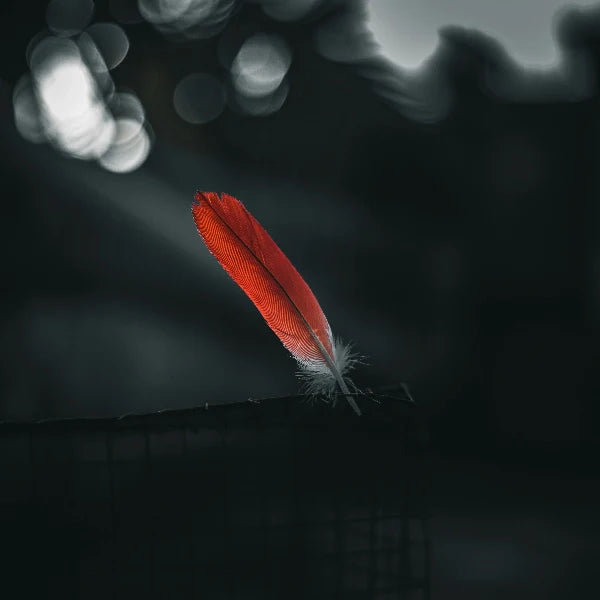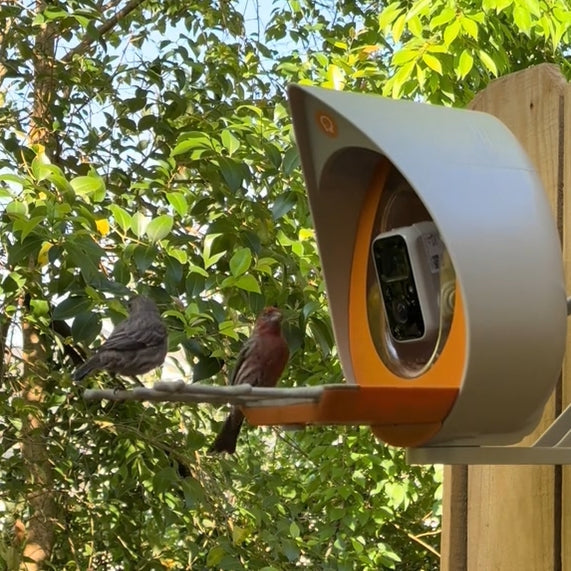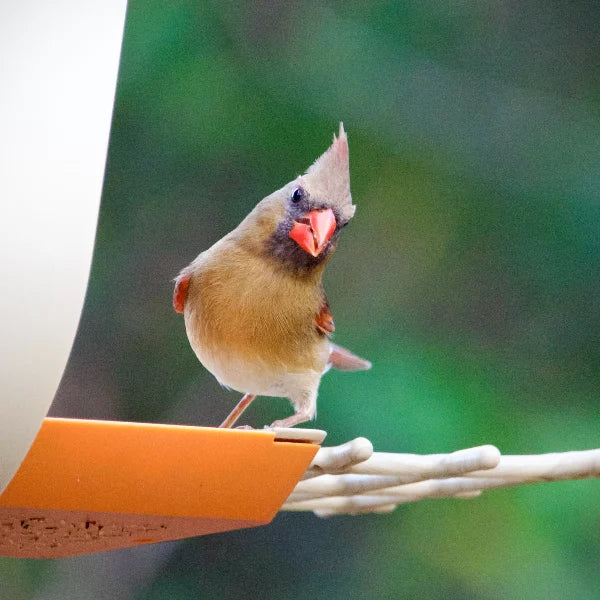Birds are among the most colorful creatures on Earth, boasting feathers that come in a wide array of hues and patterns. These colors do more than add beauty to the natural world; they play crucial roles in a bird's survival, mating rituals, and overall behavior. But how exactly do birds get their colors, and what do these hues signify?
The Science of Bird Feather Colors
Birds acquire their colors in two primary ways: pigmentation and structural coloration. Pigments are natural substances that absorb and reflect certain wavelengths of light, giving feathers their color. For example, carotenoids—derived from a bird’s diet of fruits, seeds, or insects—produce bright reds, oranges, and yellows. This is why a well-fed northern cardinal looks so vibrant; its diet is rich in carotenoids, which reflect red light and give it that unmistakable red hue.
On the other hand, structural colors are created by microscopic structures within the feathers that refract and scatter light. This phenomenon results in iridescent colors that can change depending on the angle of the light, similar to a peacock's tail or the shimmering wings of a hummingbird. Unlike pigment-based colors, these structural hues are more dynamic and can appear to shift from green to blue to purple.
The Meaning Behind Bird Colors
Bird feather colors serve several functions beyond just being visually striking. Bright, vivid colors often serve as signals in the animal kingdom. For male birds, these colors can be a way to attract mates; the brighter and more vibrant their feathers, the healthier and more genetically fit they appear. This is seen in species like the ruby-crowned kinglet, which flashes its colorful crown to impress potential mates.
Additionally, colors can provide camouflage. Birds with earth-toned feathers, such as browns and grays, can blend into their environments, making it harder for predators to spot them. Some species even change colors seasonally; for example, the American goldfinch’s plumage shifts from bright yellow in the summer to a more subdued olive-brown in the winter, offering better camouflage.
How to Observe Bird Colors Up Close
Understanding the intricate details of bird feather colors is fascinating, and you can observe these wonders up close by bringing bird watching to your backyard with the PeckPerk Smart Bird Feeder. This innovative feeder is designed to attract a variety of bird species and is equipped with a high-resolution camera that captures the fine details of their feathers. You can see the effects of molting, where birds shed and regrow feathers, resulting in temporary changes in their coloration. With PeckPerk, you can even track how certain birds' colors change throughout the year, providing a unique opportunity to study and appreciate avian life.
Conclusion
Bird feather colors are not just a visual delight; they are essential for signaling, mating, camouflage, and survival. By using the PeckPerk Smart Bird Feeder, you can get an up-close view of these magnificent creatures and learn more about their fascinating behaviors and vibrant plumage. Whether you're a seasoned bird watcher or a beginner, PeckPerk offers a front-row seat to the colorful world of birds.




Leave a comment
All comments are moderated before being published.
This site is protected by hCaptcha and the hCaptcha Privacy Policy and Terms of Service apply.